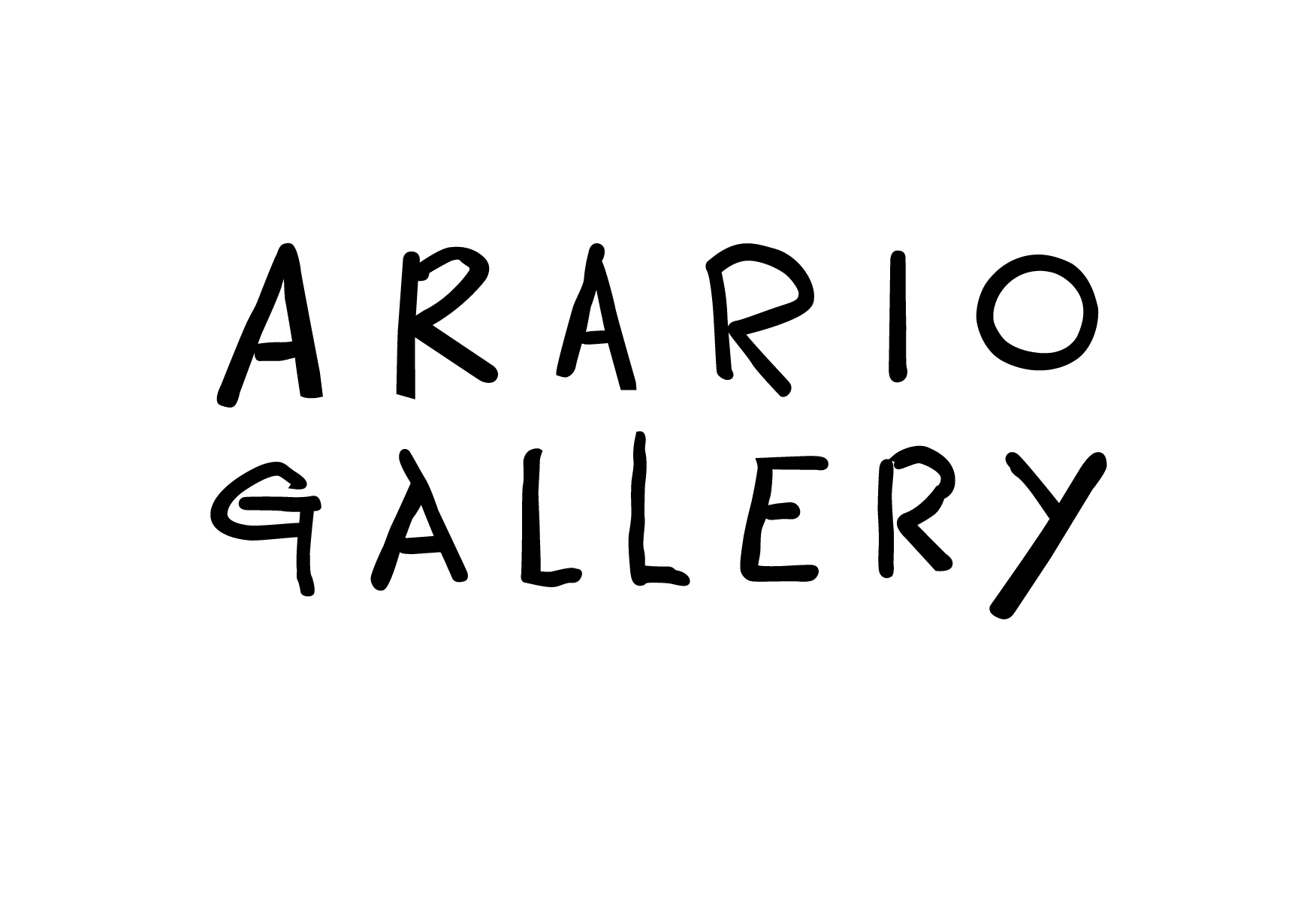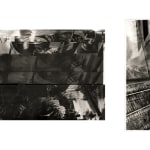

Nalini MALANI
Photogram Set C: Intestines of the Machine Age, Mushroom Cloud, Damaged Survivors, Les Manifestations – Paris, Le Chemin de Fer, 1970
Digital print on Hahnemühle Photo Rag Pearl paper (HP) and Canson Infinity Baryta Photographique paper (CI)
52 x 61 cm, 52 x 53 cm, 52 x 61 cm, diptych left 33 x 39.5 cm, diptych right 39.5 x 33 cm, 61 x 52 cm, set of 6
20.5 x 24 in, 20.5 x 21 in, 20.5 x 24 in, diptych left 13 x 15.5 in, diptych right 15.5 x 13 in, 24 x 20.5 in, set of 6
20.5 x 24 in, 20.5 x 21 in, 20.5 x 24 in, diptych left 13 x 15.5 in, diptych right 15.5 x 13 in, 24 x 20.5 in, set of 6
Edition 10 + 3 AP
After making photograms at VIEW in Bombay, Malani continued her photography-based projects in 1970 in Paris with a series of collaged and solarised photographs. These photographs are different from the...
After making photograms at VIEW in Bombay, Malani continued her photography-based projects in 1970 in Paris with a series of collaged and solarised photographs. These photographs are different from the non-figurative photograms. The loaded titles such as “Mushroom Cloud”, “Damaged Survivors”, “Les Manifestations – Paris” and their images show a completely different political engagement. These are a protest against the Vietnam War and the growing nuclear weapon industry. Political engagement and the opportunity to work with photography was a result of Malani’s study in Paris in the period 1970–72. When she arrived in Paris, the École des Beaux-Arts was still closed due to the May 1968 Student Revolution. In Paris, she stayed at the Maison de l’Inde in the Cité Universitaire. Here she met Jyotsna Saksena, a doctoral student of political science, who became a lifelong friend. This was a period where deep and intense intellectual discussions took place among students at the Cité, focusing on Third World issues, colonial and postcolonial studies and anti-imperial struggles. Saksena introduced Malani to Marxist theories and practices in Paris, and together they attended the meetings of the French Communist Party. In contrast to the art scene in Bombay, engagement with politics was very much a part of the ambience in Paris.
Malani became a member of the photography club at the Cité, which had a well-equipped darkroom. An old dream was realized when she acquired an SLR Asahi Pentax camera, which formed the basis for these photographs. The collaged photography is a combination of her own photography superimposed with X-rays acquired from a local hospital.
The choice of the X-rays was not a random one, but based on form relations. Choosing the inside of the body and connecting it to a major disaster would link the magnitude of such a disaster, to the inside of one’s own body. In “Damaged Survivors” two deformed baby-like figures look at each other from a strange rakish angle. Their bodies are built up out of combinations of different X-rays of the pelvis and a skull with additional paper cut-outs. They look like unborn mutants in their mothers’ wombs, which could no longer protect them from the world’s disasters. As if it were a true medical examination of a real person, Malani included the source on the left, reading: “Monsieur Duchêne 31 Octobre 1968 Dr J.L. OUVRIER 7, rue Mesnil, Paris 16e Tél. PAS. 44 04.” Malani’s self-portrait in the center is positioned as a witness to the disaster.
In the solarised photography, there is a direct relation with Paris. In the photography diptych “Les Manifestations – Paris”, it shows the protestors and the uniformed police seen from the back. Their world is in turmoil with the camera horizons in both photography at a steep diagonal angle. The solarised institute buildings, in the midst of their identity change, seem to hover above these groups.
Malani became a member of the photography club at the Cité, which had a well-equipped darkroom. An old dream was realized when she acquired an SLR Asahi Pentax camera, which formed the basis for these photographs. The collaged photography is a combination of her own photography superimposed with X-rays acquired from a local hospital.
The choice of the X-rays was not a random one, but based on form relations. Choosing the inside of the body and connecting it to a major disaster would link the magnitude of such a disaster, to the inside of one’s own body. In “Damaged Survivors” two deformed baby-like figures look at each other from a strange rakish angle. Their bodies are built up out of combinations of different X-rays of the pelvis and a skull with additional paper cut-outs. They look like unborn mutants in their mothers’ wombs, which could no longer protect them from the world’s disasters. As if it were a true medical examination of a real person, Malani included the source on the left, reading: “Monsieur Duchêne 31 Octobre 1968 Dr J.L. OUVRIER 7, rue Mesnil, Paris 16e Tél. PAS. 44 04.” Malani’s self-portrait in the center is positioned as a witness to the disaster.
In the solarised photography, there is a direct relation with Paris. In the photography diptych “Les Manifestations – Paris”, it shows the protestors and the uniformed police seen from the back. Their world is in turmoil with the camera horizons in both photography at a steep diagonal angle. The solarised institute buildings, in the midst of their identity change, seem to hover above these groups.
Provenance
Edition ?/10 - Centre Pompidou (2019)Edition 6/10 - Donation: Art Gallery of South Australia (2020)


